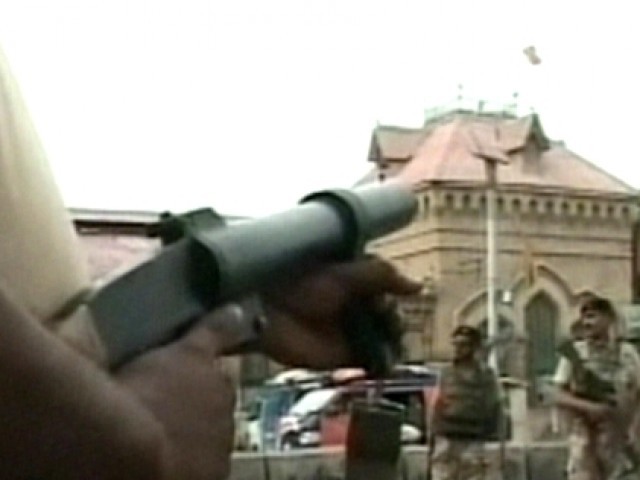From moon-roving robots to synthetic meat, some innovation contests are offering serious monetary incentives for creative thinkers
Your breakthrough invention could make you rich. Photo: Corbis
.
In an attempt to discover and deploy new technologies more quickly, a
growing number of organizations are offering hefty cash prizes to inventors with breakthrough ideas. The trend has sparked a budding new industry, with everyone from individuals to government agencies gunning for the bounties. Here are five $1 million-plus innovation prizes currently up for grabs:
$1 million for growing chicken in a test tube
In an attempt to put a halt to factory farming, People for the Ethical Treatment of Animals
will award $1 million to the inventor of a
 Kal Tak With Javed Ch. 1st September 2010
Kal Tak With Javed Ch. 1st September 2010














 Who says having clean smooth skin is a costly affair? If you don’t want to spend your hard earned money on gels and scrubs that are not even effective most of the time, here are some simple home remedies that
Who says having clean smooth skin is a costly affair? If you don’t want to spend your hard earned money on gels and scrubs that are not even effective most of the time, here are some simple home remedies that  A farmer who held repeated hunger strikes in a land dispute with Venezuela’s government has died in a military hospital where he had been taken against his will.
A farmer who held repeated hunger strikes in a land dispute with Venezuela’s government has died in a military hospital where he had been taken against his will. Pop star Britney Spears is reportedly planning to tie the knot with her boyfriend and former agent Jason Trawick and
Pop star Britney Spears is reportedly planning to tie the knot with her boyfriend and former agent Jason Trawick and  Hundreds of hungry families blocked a highway in Sindh on Wednesday, demanding the government provide more food as the
Hundreds of hungry families blocked a highway in Sindh on Wednesday, demanding the government provide more food as the  Three Pakistan players embroiled in betting scam allegations were preparing on Wednesday to face questioning which is
Three Pakistan players embroiled in betting scam allegations were preparing on Wednesday to face questioning which is 













 Actress Veena Malik and former girlfriend of fast bowler Mohammad Asif has been asked to give evidence to the International Cricket Council’s anti-corruption unit in a spot-fixing investigation.
Actress Veena Malik and former girlfriend of fast bowler Mohammad Asif has been asked to give evidence to the International Cricket Council’s anti-corruption unit in a spot-fixing investigation.



 Even if the Pakistani team is proven not guilty, which seems very unlikely at the moment, we all know that they all are a bunch of shady people who play only for themselves. Their punishment should be exemplary.
Even if the Pakistani team is proven not guilty, which seems very unlikely at the moment, we all know that they all are a bunch of shady people who play only for themselves. Their punishment should be exemplary.



 Hollywood actress and UN ambassador Angelina Jolie on Tuesday released a video appealing for help on
Hollywood actress and UN ambassador Angelina Jolie on Tuesday released a video appealing for help on 